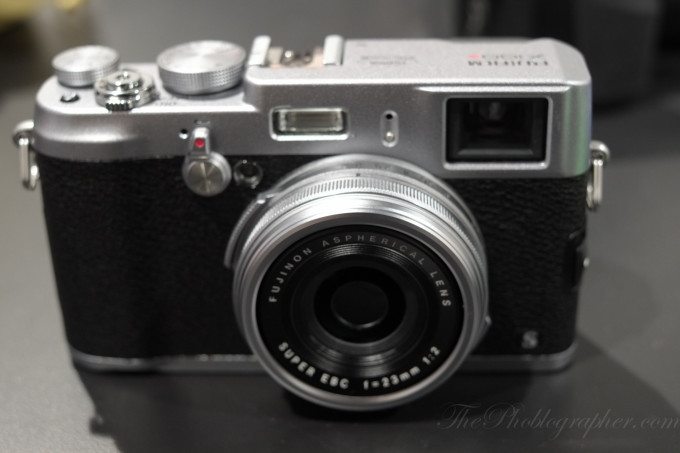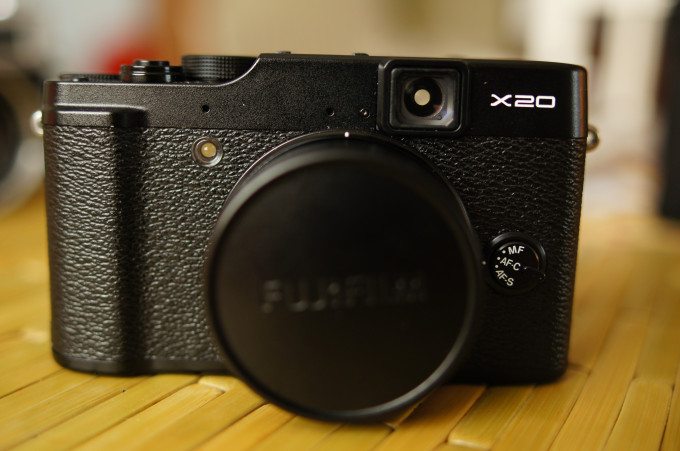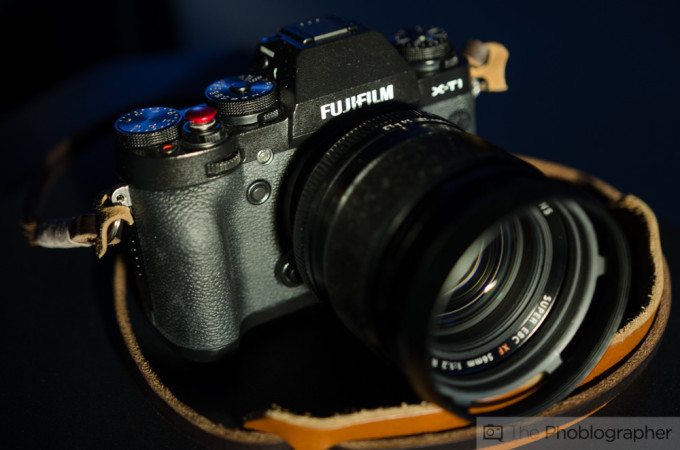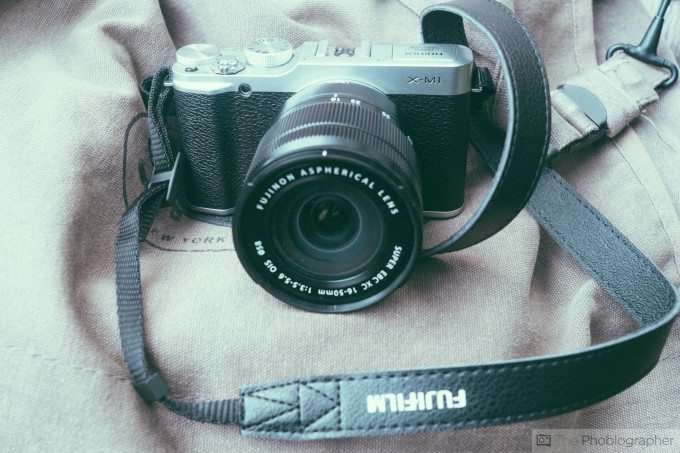
Spread the love
Fujifilm cameras have quite a reputation among small sensor shooters. These devices offer exceptional image quality, excellent build quality, and truly exciting retro designs. Overall, one can never go wrong with a Fujifilm camera. For those who want a device from yesteryears that can perform brilliantly, here is a look at a few cameras introduced before 2015. They may be old, but they are excellent in many ways even today.
Fujifilm X Pro 1
The X Pro 1 is the company’s first professional APS-C camera. It has a 16MP sensor, 49 autofocus points, a 3-inch LCD, and an ISO of up to 25,600. Three metering modes, a burst rate of 6fps, and AF sensitivity down to -2 EV are also available. The X Pro 1 has excellent ergonomics, good autofocus, and exceptional image quality. Overall, the device worked perfectly well in multiple situations, including events. That’s why it got our Editor’s Choice Award.
Fujifilm XF1

The XF1 is a compact camera with a 2/3-inch 12MP EXRCMOS sensor and a fixed lens of 25-100mm. It can shoot at ISO up to 12,800, has a 3-inch 460,000-dot LCD, a 10fps burst mode, and has multiple scene modes. Some of the things that make the device perfect for everyday use include image quality, rugged body, clean interface, and a wide aperture lens of f1.8. As we said in the review, “For direct file usage from JPEGs and a satisfying user experience with full manual capability that is easily controlled through physical controls (as well as great auto modes), the Fujifilm XF1 is the pocket camera for you and your loved ones this year.”
Fujifilm X100s

The X100s is the successor to the X100. It features a 16MP X-Trans CMOS II sensor, an EXR Processor II, and a fixed 23mm f2 lens. The device also has a focus peaking function, a 2.8-inch 460k-dot LCD, and an in-built flash. Other features include fast AF and artistic filters, and it can record full HD video at 60fps. The camera produces excellent image quality and great high ISO photos, has fast autofocus, and has a better write speed. If you were planning to buy the X100, it’s better to take the X100s, as it offers major improvements.
Fujifilm X20

The X20 is an offering for street photography. It comes with a 2/3-inch EXR CMOS 12MP sensor, a 4x 28.4mm fixed lens, and multiple shooting modes, including Party, Flower, and Underwater. It has a burst rate of 12fps, a built-in flash, a 460,000-dot LCD, and ISO up to 12,800. The camera is small, easy to carry around, has fast autofocus, and has stellar image quality. As we said in our review, “Despite its diminutive size, it packs a punch that shows itself in post. With a beautiful design and powerful innards, the X20 will get you the images you need.”
Fujifilm X-T1

The X-T1 features a 16MP sensor, a 2,360k-Dot 0.77x OLED viewfinder, a 1,040k-dot LCD, and a full HD 1080p/60p video recording option. It has a burst rate of 8fps, is weather resistant, and has an XF18-55mm ff2.8-4 R LM OIS kit lens. The device has good image quality, a beautiful design, and fast autofocus with focus peaking. You will also like the bright viewfinder and the tilting LCD. The device is powerful and can work for a variety of users, including wildlife shooters, with the right lens.
The One to Skip: XM1

The XM1 is an entry-level camera with a 16MP sensor, a 16-50mm XC lens, and a 920k-dot LCD screen. While it produces exceptional images, the autofocus is slow, and the lack of a viewfinder makes using the device challenging. The device seemed to be made for consumer users, but it does not really offer innovations. If you are looking for a device that offers something good, then you have the other five mentioned above. It’s better to skip this.

